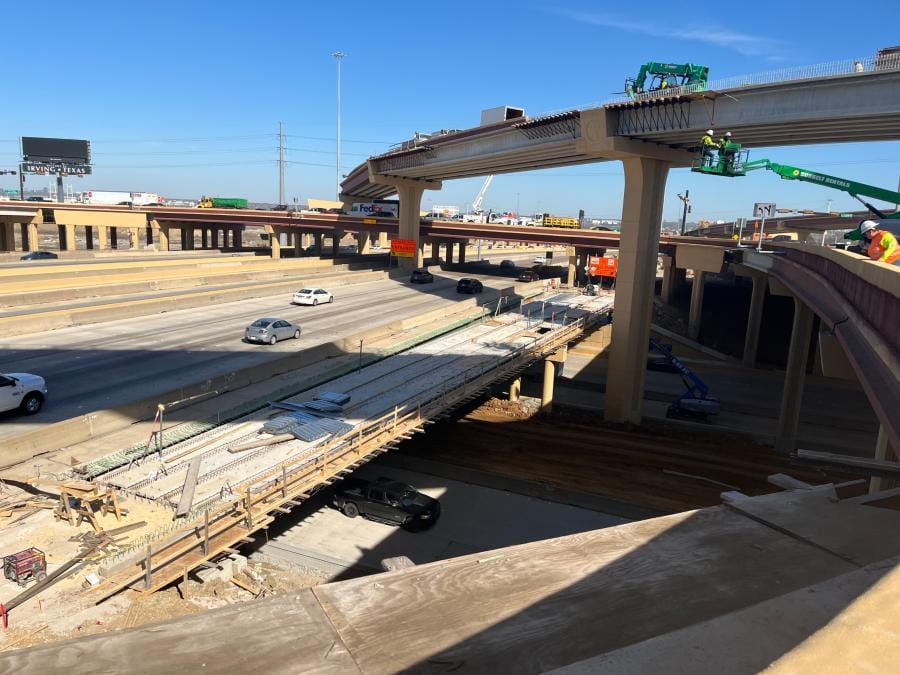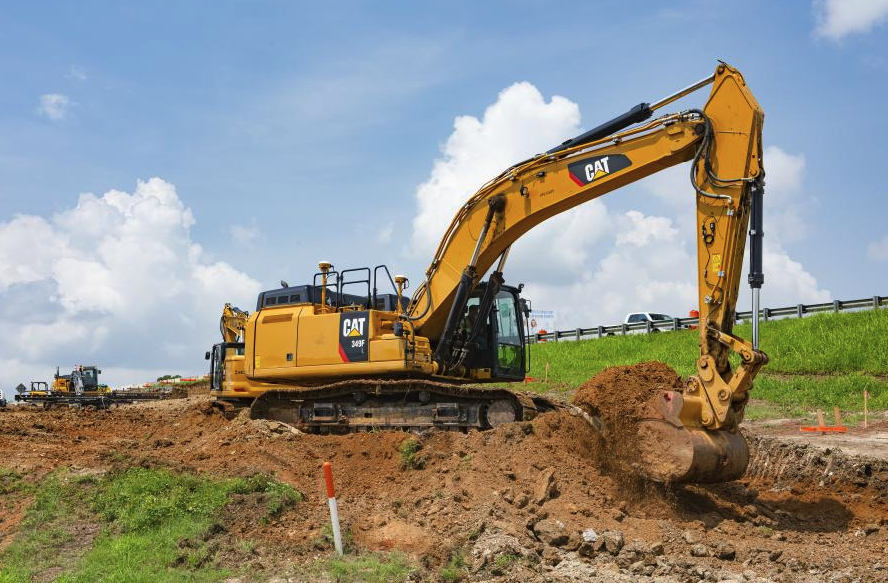Estimating Ain't Bidding

Tristan Wilson
TL:DR: I hear contractors throw around the words "estimating" and "bidding" like they're the same thing.
They're not. And when you mix them up, you get into trouble fast.
Mostly I blame Paul McKeon for putting “Bid” in the name of an estimating software ;)
I don't claim to have all the answers. Estimating and bidding are crafts that require constant learning. But here's what I've learned about keeping them separate.
We once bid a job we desperately wanted. The estimator calculated true costs: $2.2 million. But in the final meeting, someone said "We need this job - let's sharpen our pencil." We submitted $1.9 million.
We won.
Six months later, we were hemorrhaging money. The team felt demoralized.
Here's what happened: We confused bidding (pricing strategy) with estimating (actual costs).
The work still cost $2.2 million to build. Our "sharp pencil" didn't change reality - it just made us low bidder on a losing job.

Photo Credit: Geneva Rock
The Difference That Matters
Estimating is figuring out what it will cost you to build the work.
Bidding is your pricing strategy.
Many contractors spend 95% of their time on estimating and 5% on bidding. Sure, it takes more time to do takeoffs than pick margin. But that distribution is still off.
Estimating Inputs:
- Bid package (plans, specs, proposal)
- Your cost rates
Estimating Outputs:
- Your true costs to perform the work
- Expected final quantities
- Realistic schedule
Bidding Inputs:
- Project risk and desirability
- Competitive landscape
- Historical bid tabs
- Your current backlog
- Crew availability
- Market conditions
- Owner reputation
Bidding Outputs:
- Profit margin
- Contingency that's clearly labeled as contingency - not buried in inflated line items
- Final unit prices
- Proposal clarifications

Photo Credit: Construction Equipment Guide
The Unit Price Game
A big part of unit price work is where to put money. What items are going to underrun and what items you're guaranteed to get paid for?
Estimating is: "This is the quantity we expect will be required."
Bidding is: "Based on the takeoff and our experience with this owner/engineer - and the fact that our competitors are moving money around just like we are - we are bidding this item at a penny because we are willing to take the risk to win. If we are wrong, we are okay with the consequences of getting paid nothing for an item that may overrun because the risk is worth the potential reward. We have included the cost for the quantity that we believe will be used in X item. And we will manage this risk closely."
The low-bid paving market sometimes forces you to bid at negative margins just to stay competitive, especially if you have to keep paving crews, equipment spreads, and plants running. If you're facing this reality right now, you're not alone. As long as your costs are accurate and you have a strategy, you're at least losing money on purpose instead of by accident.
The 50% Margin Job
We once bid a job at 50% margin and won (not a typo).
The private owner required that we work in December. We had to include liquidated damages from another project that we'd put on hold to go build this one. The owner didn't mind - they knew they were paying a premium and due to their budgeting process had to spend the money.
There was big opportunity cost to build it for them and we priced it in!
That's not gouging - that's pricing risk appropriately.
What Great Looks Like
Clean Estimating Process:
- Comprehensive understanding of specs, plans, and proposal
- Quantification of all work (shown and inferred) at the level it will actually be built
- Inclusion of all incidental items
- Honest assessment of your capabilities
- Best available pricing from subs and suppliers
- A sound cost estimate grounded in reason
Disciplined Bidding Process:
- Separate margin discussion after costs are established
- Risk assessment based on project specifics
- Competitive analysis using real data
- Clear decision on whether you want the work
Job comes in that requires working every weekend for 10 weeks straight. In the estimating phase, you calculate exactly what that costs - overtime premiums, crew incentives, equipment wear, whatever it takes to get the work done properly.
In the bidding phase, you decide whether to price it at high margin because it's going to suck, or walk away entirely.
Both decisions are valid. But don't lie to yourself about the costs just because you don't like the job.
Become a Truth-Seeking Organization
Lying is never good. It creates bad habits and encourages poor behavior.
This is what management is responsible for during bid reviews: keeping the company honest.
What Happens When You Mix Cost and Margin
Scenario 1: You overestimate because “we don’t really need the job”. You actually win. Six months later, you're showing a massive pickup on your WIP. The field feels like champions - "We're crushing it!" But when the next big bid comes and you really need work, the standard of estimating bids fat has been established and you miss the job you need.
Scenario 2: You underestimate your costs because “we’ve got to have it”. You win, lose a ton of money, and send a message to the market that nobody should be making money. Competitor reacts and it takes months for pricing to stabilize.
Neither scenario helps you build a sustainable business.
One of my favorite quotes from a great contractor is that "There's a right price for every job" and I couldn't agree more.
The bottom line: Estimate what it costs. Bid what it's worth.
Keep them separate, and you'll win the jobs you want at the margins you deserve.
We value your feedback, so please leave a rating below to help us improve the newsletter. Thanks for reading this week!

.avif)

.avif)


.svg)


